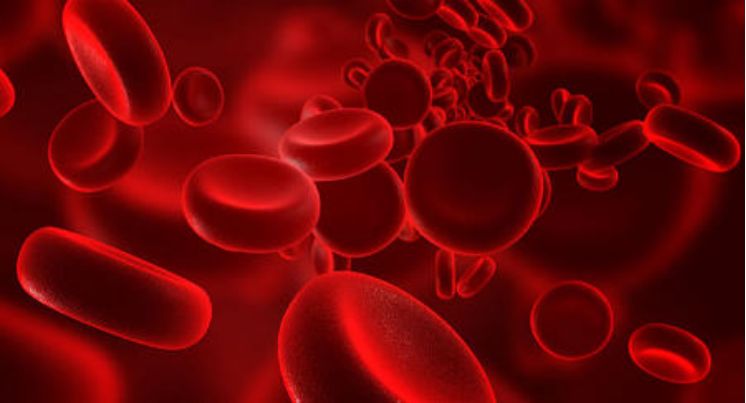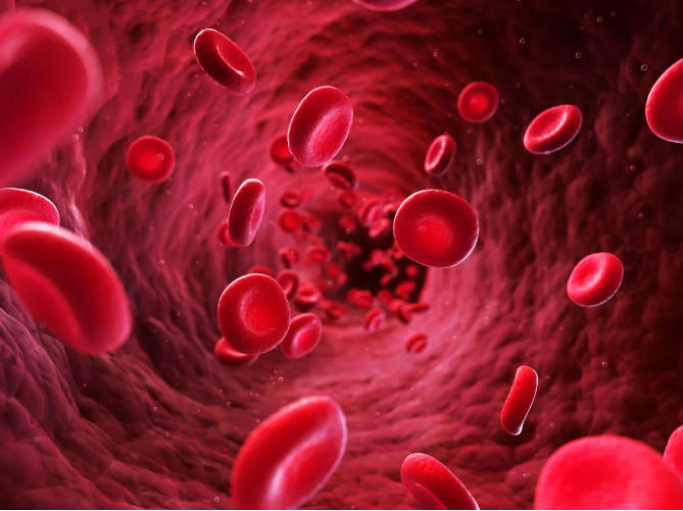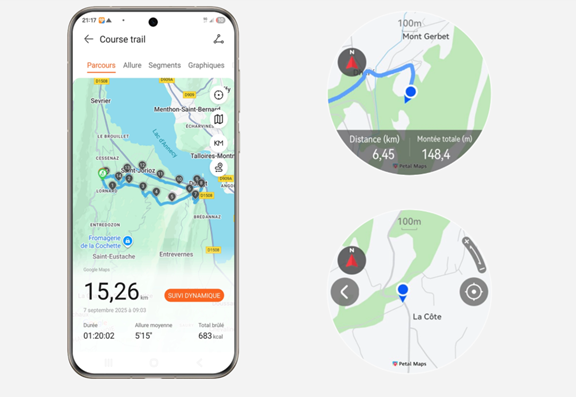Plasma protein binding (PPB) measurement helps developers understand how much of a drug remains free to act in the body. Accurate PPB data support decisions on dosing, safety, and pharmacokinetics. A clear workflow—from sample preparation to final interpretation—reduces variability and improves confidence. By following structured steps, teams generate reliable results that strengthen DMPK strategies across drug development.

Foundations of Plasma Protein Binding Analysis
Why PPB Matters in Drug Disposition and DMPK
PPB determines how much of a drug is free versus bound in circulation. Only an unbound drug reaches targets, crosses membranes, or undergoes metabolism. Understanding PPB helps predict distribution, clearance, and potential drug–drug interactions. Accurate binding data guides dosing strategies and supports DMPK modeling. Strong PPB evaluation helps teams assess exposure and optimize development across preclinical and clinical phases.
Key Proteins Involved in Binding Interactions
Albumin, α1-acid glycoprotein, and lipoproteins are the primary proteins responsible for drug binding. Each protein interacts with compounds based on charge, hydrophobicity, and structural features. Albumin binds acidic and neutral molecules, while α1-acid glycoprotein binds basic drugs. Recognizing how these proteins influence binding helps scientists interpret results and anticipate variability across species, disease states, and clinical conditions.
Factors That Influence Binding Strength and Variability
Binding strength depends on drug structure, protein concentration, pH, temperature, and competing ligands. Disease, inflammation, and physiological changes may alter protein levels, affecting binding dynamics. Experimental conditions also contribute to variability if not controlled. Understanding these factors helps teams design robust studies that capture realistic binding behavior and avoid misinterpreting PPB results during critical DMPK evaluations.
Sample Preparation for Reliable PPB Measurement
Proper Plasma Selection and Handling Conditions
Reliable PPB begins with choosing the right plasma source and handling it correctly. Teams select human or animal plasma based on study goals. Plasma must be stored at controlled temperatures and mixed gently to prevent protein degradation. Avoiding hemolysis and maintaining physiological conditions ensures protein functionality. Proper preparation reduces artifacts and preserves the accuracy of downstream binding measurements.
Preparing Drug Solutions for Binding Equilibrium
Drug solutions must be prepared carefully to achieve a true binding equilibrium. Concentrations should reflect physiological levels, and solvents must not disrupt protein structure. Allowing sufficient incubation time ensures the drug fully interacts with plasma proteins. Consistent mixing and gentle handling prevent aggregation or precipitation. Proper preparation ensures measured binding reflects actual biological interaction rather than experimental artifacts.
Controlling Experimental Parameters to Minimize Bias
Key parameters—temperature, pH, incubation time, and container materials—must stay consistent throughout the experiment. Small deviations may alter protein structure or drug solubility, causing inaccurate results. Teams control these conditions to reduce bias and enhance reproducibility. Monitoring each factor ensures assays accurately reflect binding behavior in vivo, strengthening confidence in PPB outcomes used for DMPK decisions.
Common Techniques Used in PPB Assays
Equilibrium Dialysis and Its Experimental Workflow
Equilibrium dialysis remains the gold standard for PPB measurement. Drug–plasma mixtures are placed on one side of a semipermeable membrane, while buffer sits on the other. Over time, unbound drug diffuses until equilibrium is reached. Analysts quantify drug levels in both chambers to calculate free fraction. This technique provides high accuracy but requires careful control of time and temperature.

Ultrafiltration and Considerations for Method Selection
Ultrafiltration uses pressure to separate free drug from protein-bound drug through a membrane filter. This method is faster than dialysis but may introduce nonspecific binding or concentration shifts. Analysts must validate membrane choice, centrifugation speed, and temperature to avoid artifacts. When optimized, ultrafiltration provides efficient, reliable results suitable for early screening or high-throughput workflows.
High-Throughput Approaches for Screening Applications
High-throughput PPB methods use miniaturized systems, rapid filtration, or automated equilibrium dialysis plates. These approaches enable quick screening of large compound libraries. Although less detailed than traditional methods, they deliver valuable early insights into binding trends. Automation improves consistency and reduces hands-on time, helping teams prioritize candidates with favorable DMPK profiles during discovery.
Interpreting PPB Results for DMPK Decision-Making
Calculating Free Fraction and Binding Percentages
Analysts calculate free fraction by comparing unbound drug levels to total concentration. Binding percentage is derived from the remaining bound fraction. These values reveal how much drug is available for activity or clearance. Accurate calculations require validated analytical methods and strict experimental control. Clear numerical outputs support data-driven decisions in pharmacokinetic planning and risk assessment.
Understanding PPB Impact on PK, Efficacy, and Safety
PPB affects drug distribution, clearance, and therapeutic effect. Highly bound drugs may have longer half-lives but limited tissue penetration. Low binding increases free concentration, which may enhance efficacy or raise toxicity risks. Understanding PPB helps teams predict PK curves, adjust dose levels, and anticipate interactions. These insights guide safer and more effective drug development strategies.
Integrating PPB Data Into Early and Late Development
PPB results inform both early screening and advanced modeling. In early stages, binding trends help prioritize candidates. Later, PPB data supports PK simulations, dose selection, and clinical translation. Integrating binding information with metabolic, absorption, and clearance data strengthens DMPK predictions. A complete view ensures developers understand how binding influences therapeutic performance across the entire development lifecycle.
Conclusion
A well-structured PPB workflow ensures accurate measurement and meaningful interpretation. By controlling preparation, choosing the right assay, and understanding binding influences, teams generate reliable results that guide DMPK decisions. Clear PPB insights support dose selection, efficacy prediction, and safety evaluation. With consistent methods and thoughtful analysis, data from a plasma protein binding assay becomes a powerful tool for shaping successful drug development.





